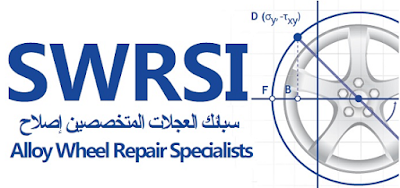
Cadillac’s second-generation Super Cruise is getting enhanced with an automatic lane-changing feature and will be available on the 2021 CT4, CT5, and Escalade going on sale this year. The first generation of Super Cruise, which allows hands-free driving on limited-access freeways and highways goes away along with the Cadillac CT6, which ends production in February as General Motors converts its Hamtramck, Michigan, assembly plant to an all-electric-vehicle factory that also will build the fully autonomous Cruise Origin vehicle.
Super Cruise has been generally acknowledged as the standard of advanced, semi-autonomous driving since introduced in the 2018 CT6. For the 2021 Cadillac CT4, CT5, and Escalade it will take advantage of GM’s recently announced comprehensive digital platform featuring an all-new sensor set to provide more electrical bandwidth and data processing power. Like the CT6’s Super Cruise, the new 2.0 version consists of the belt-and-suspenders LiDAR and map data system combined with a driver-attention system, and also integrates lane-keep assist sensors, adaptive cruise control with full-stop, plus LiDAR and mapping to allow hands-off driving, again on on limited-access freeways and similar roads. As with the Super Cruise 1.0, the new version features a camera on the steering column that monitors the driver’s attention.
With Super Cruise already engaged, the driver can tap or fully engage the turn-signal stalk for a lane change, Cadillac says, similar to systems in use by Tesla and Mercedes. The system checks for an acceptable opening in the lane indicated, while also using the signal lights to communicate to other cars that the Caddy is about to change lanes. If the LiDAR and cameras determine that the lane is open, the CT4, CT5 or Escalade will merge into that lane, as the driver-attention system continues to assure that the driver is checking his or her surroundings.


The gauge cluster messages the driver when the automated lane-change has begun or if the lane-change feature is unavailable and must be completed manually by the driver, Cadillac says. The instrument panel displays such messages as “looking for an opening” or “changing lanes.”
Upgrades to the system include improved rear-facing sensors and advanced software algorithms, which help ensure the Cadillac will stay in its lane until there is a safe traffic gap in the desired lane, Cadillac says. While Tesla CEO Elon Musk has made strong claims for the abilities of the EV automaker’s Autopilot driver-assist systems, Cadillac’s Super Cruise is generally considered by automotive writers to be the most advanced such system. A number of high-profile traffic accidents involving Teslas being operated in Autopilot mode seems to back the superiority of Super Cruise, which has been blamed for no accidents so far.
Cadillac says that since its launch in calendar 2016, about 30 percent of 2018–2021 CT6es have been equipped with Super Cruise, and that those customers engage the system about half the time it is available. That comes to approximately 6,800 CT6s, assuming that roughly half the cars sold in CY17 were ’18 models, as reported by Automotive News. Cadillac says those cars are driven in Super Cruise mode about 70,000 miles per week, or more than 5.2 million miles to date, and that more than 85 percent of owners say they would prefer or only consider a vehicle so-equipped.
The post Lines, Crossed: Cadillac Super Cruise Gets Automatic Lane Changing appeared first on MotorTrend.
Source: WORLD NEWS
